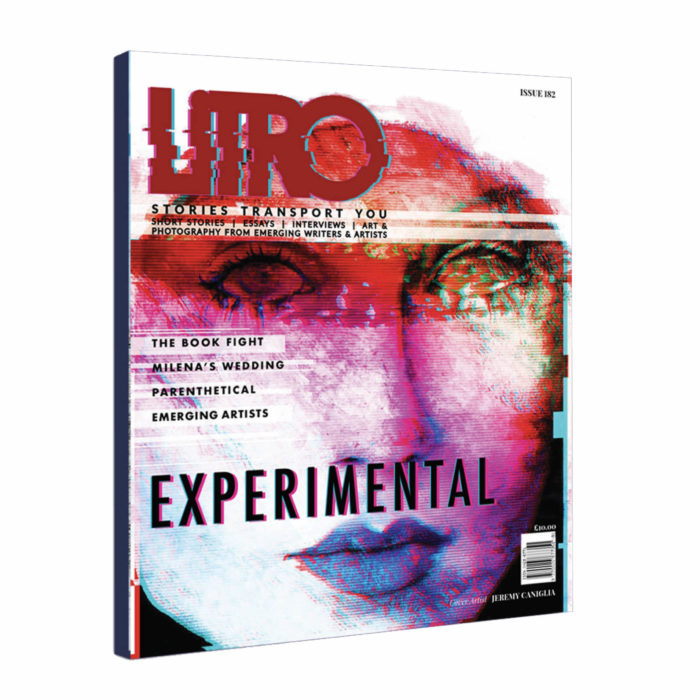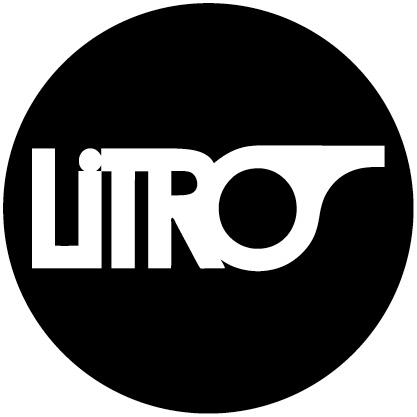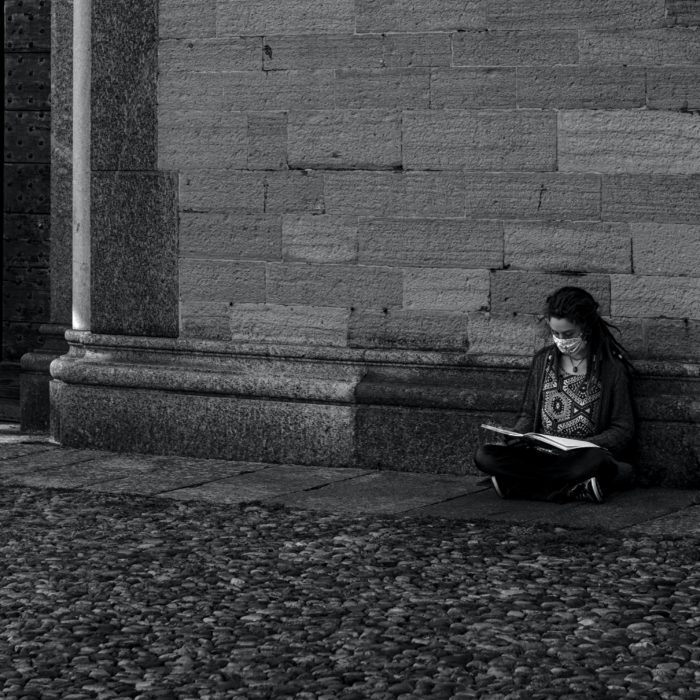You have no items in your cart. Want to get some nice things?
Go shopping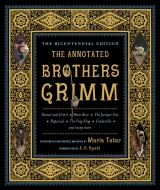 We’ve been revisiting fairytales lately. The Grimm brothers’ annotated bicentennial edition, introduced by A. S. Byatt, was published recently by W. W. Norton, who also published, in 2007, an annotated edition of Hans Christian Andersen’s fairytales. Then there’s Phillip Pullman’s retelling of fifty of his favourites, Grimm Tales: for Young and Old, and Sara Maitland’s Gossip from the Forest: The Tangled Roots of Our Forests and Fairytales, in which she explores the forest as not only the backdrop, but also the source, of fairytales. Each chapter is a personal account of her visiting a forest, sometimes in the company of an illustrious friend, so that by the end of it she has visited twelve forests, spanning different seasons—each chapter ending with her re-imagination of a fairytale.
We’ve been revisiting fairytales lately. The Grimm brothers’ annotated bicentennial edition, introduced by A. S. Byatt, was published recently by W. W. Norton, who also published, in 2007, an annotated edition of Hans Christian Andersen’s fairytales. Then there’s Phillip Pullman’s retelling of fifty of his favourites, Grimm Tales: for Young and Old, and Sara Maitland’s Gossip from the Forest: The Tangled Roots of Our Forests and Fairytales, in which she explores the forest as not only the backdrop, but also the source, of fairytales. Each chapter is a personal account of her visiting a forest, sometimes in the company of an illustrious friend, so that by the end of it she has visited twelve forests, spanning different seasons—each chapter ending with her re-imagination of a fairytale.
What’s unique about fairytales is how simply they are told. There is no characterisation; actions always speak louder than words. It’s never about what the princes and princesses, hapless fathers and evil stepmothers think; it’s always just about what they do. The tales are told in what James Merrill calls a “serene, anonymous” voice in his long poem The Changing Light at Sandover (1982); and as Pullman wrote, “All we need is the word ‘Once . . .’ and we’re off.”
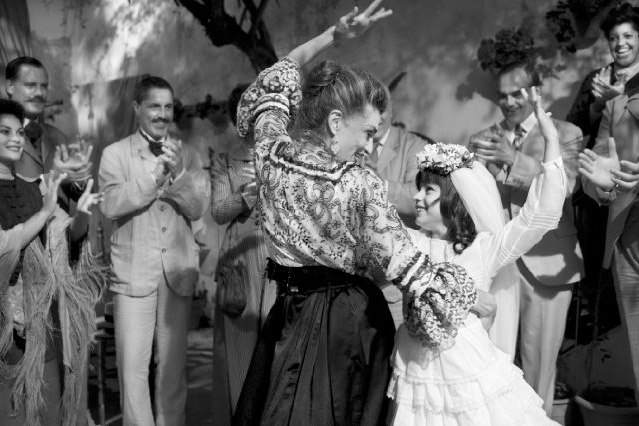
It is precisely this simplicity that allows these tales to be told over and over again. A fairytale can be transplanted to any time and any place, even across cultures. Take Snow White for example. In this year alone there have been three movies dedicated to it, most obviously the two Hollywood adaptations—one supposedly comedic, starring Julia Roberts as the wicked stepmother (Mirror Mirror); and the other dark, featuring a feral Charlize Theron and the not-your-conventional-beauty Kristen Stewart (Snow White and the Huntsman), in which the huntsman takes the place of the token Prince. But there is also the lesser known Blancanieves, a silent black-and-white film set in Seville, which screened at the London Film Festival recently. In this version, Snow White is the daughter of a famous bullfighter. When he is paralysed during a performance, she is raised, of course, by an evil stepmother. But instead of seven dwarfs, we have six miniature bullfighters; and instead of the magic mirror on the wall, it is the fashion media who determines who is the fairest of them all.
Each version of a fairytale can’t help but bear the marks of its storyteller. Even in Pullman’s intended “clear as water” retelling (he didn’t want to impose his “personal interpretations” or “compose poetic variations “), he admits—in the foreword to the book—”But even if we want to be serene and anonymous, I think it’s probably impossible to achieve it completely, and that our personal stylistic fingerprints lie impressed on every paragraph without our knowing it.” Some storytellers leave less obvious marks than others—Pullman less than Angela Carter with her collection The Bloody Chamber, for instance—but still discernible.
Fairytales have really enjoyed a revival in film. More adaptations are in the works, among them Hansel and Gretel: Witch Hunters (re-imagined as a action/comedy flick), Jack the Giant Slayer (a spin off Jack and the Beanstalk), Maleficient (which promises to be dark simply by virtue of the casting of Angelina Jolie in the titular evil role), and many, many more. They haven’t been confined to the big screen either. There are two American TV series based on fairytales—Once Upon A Time and Grimm.
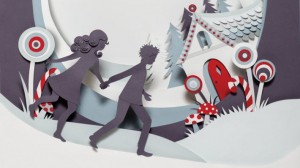
You can also catch some of your favourite fairytales on the London stage soon. Hansel and Gretel at the National Theatre (7 Dec 2012–January 2013), the Cinderella musical at the St James Theatre (12 Dec 2012–26 Jan 2013), and the Sleeping Beauty ballet at the London Coliseum (9 Jan–19 Jan 2013). Litro contributor Emma Osment also recently reviewed Rachel Rose Reid’s show, I’m Hans Christian Andersen, which will again be showing on Wednesday, 16 January, 8:30pm at the Tristan Bates Theatre, London.
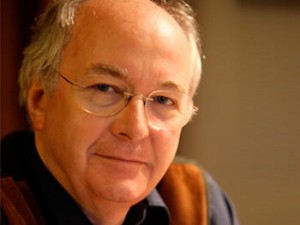
More importantly, if you missed Philip at the headline event with Neil Gaiman recently (he was ill) and want to try catching him again, he will be at the Southbank Centre on 6 December, 7:30pm, to talk about his new collection of fairytales. Our Assistant Literary Editor Robin Stevens had the utmost pleasure of interviewing him yesterday, the results of which we’ll bring you soon, so watch this space.
And if you like art inspired by fairytales, head to the Gallery at Foyles (Charing Cross Road) for an exhibition, which will run till 8 December, to celebrate the bicentenary of Grimms’ fairy tales. It’s free; just turn up. While you’re there, make sure you pick up a free copy of our magazine by the counter.
If you know of any more fairytales-related goings-on, please let us know in the comments.

About Emily Ding
Emily joined Litro in April 2012 as Literary Editor & Web Designer. She made over the website and introduced new developmental and editorial features to strengthen Litro's online presence. She left her position in January 2013, taking a backseat as Contributing Editor to concentrate on writing. She is a freelance journalist with a special interest in travel writing and foreign reporting (with an inclination for Asia and Latin America), and is now based in Malaysia. English is her native language, but she also speaks Mandarin and Spanish, having spent 2007-08 travelling in Central America.

